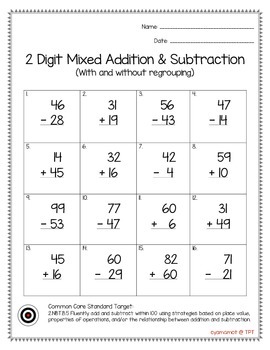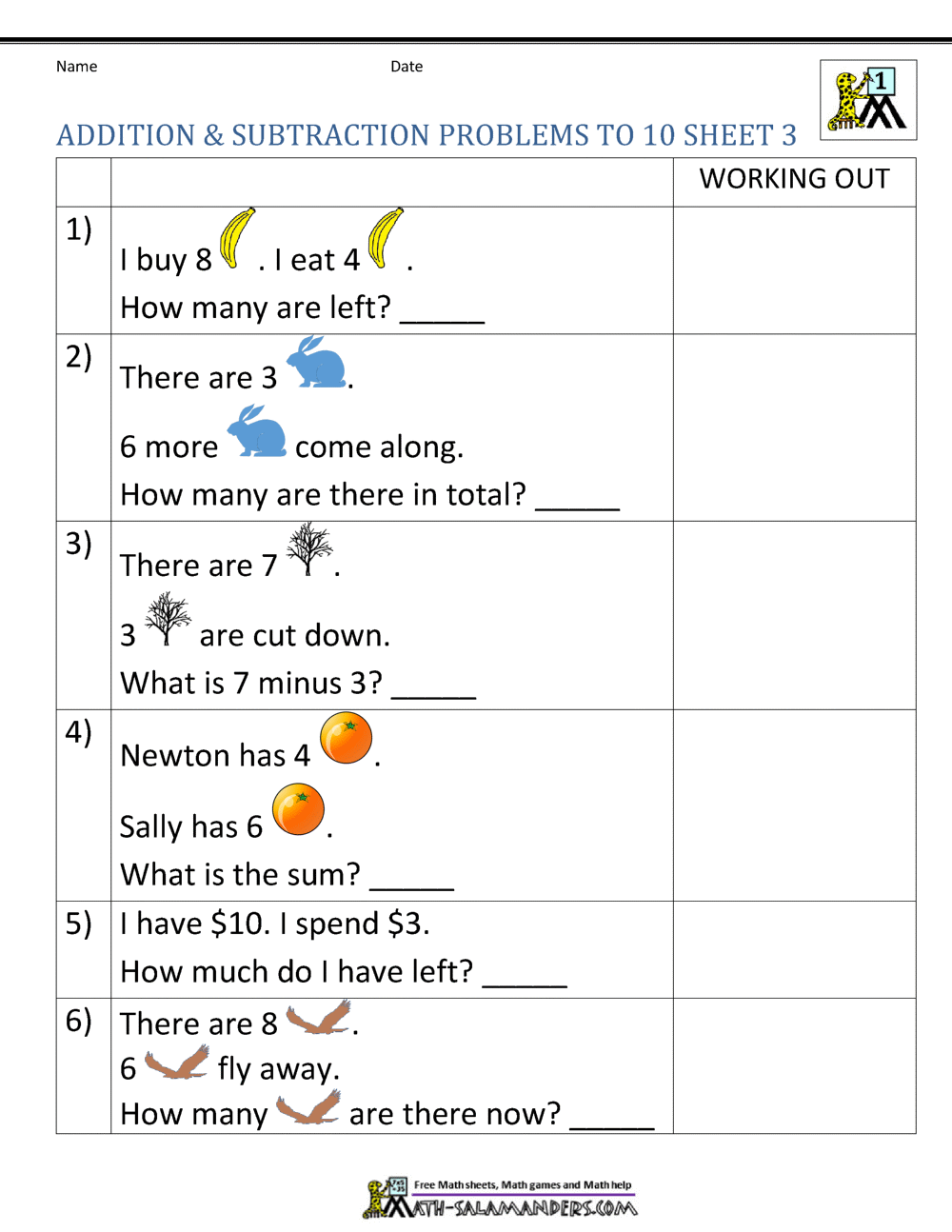
Then ask “How many fingers did you see?”.

Start as in “Show how many,” showing a certain number of fingers just long enough to see, but not to count.(7, in this example) Count in your head - two ways of playing Fingers Then ask children to use their hands to show how many fingers you had up. Hold your two hands up showing no fingers at all, then flash a number of fingers (like 7) for about one second - long enough to see, but not long enough to count, then go back to closed fists. Turn the picture face down and ask people to see the picture in their heads and recall as many details as they can. It could be a large photo of some part of the room or school, or of a child in the class, or it could be a famous artwork. Hold up a picture for 15 seconds (or some suitable time, long enough for all to see, and not so long that your students get bored). If you try to solve this problem, you probably take a mental walk around and count! There are many games that help young children increase their ability to make mental pictures.
#Music math subtract and addition windows#
How many windows are in your room/apartment/house? One part of helping children to count what they don’t actually see is to help them to “see” inside their heads: to picture things, and to stretch the mental “space” that they can work in. But the point of arithmetic is that we can know how many without counting. How many in both?Īgain, if all the children were standing in front of us, or if we drew a representation, we could count them. There are 23 children in my first grade class, and there are 24 children in the other first grade class.
#Music math subtract and addition how to#
But we also want students to learn how to solve the problem without having to see the missing people. Students can draw a picture so that they can see them, and use that to understand the problem. We can’t count the people who are absent, because we don’t see them. When everybody is present, we have 25 people in our class, but we only have 22 today. Much of elementary arithmetic is a system of shortcuts for knowing How Many or How Much without counting or measuring. I have been holding up my fingers and saying, “how many do you see?” I just recently started asking, “how many don’t you see?” I was finally able to see it click! They finally understand what I mean when I say “6 and 4 are friends!” Patience and perseverance are everything! - Teacher, PISD, Texas “Counting” what you don’t see It is a tedious process and we have been playing a game since the first day of school that Elementary Math Coordinator Russell Larson suggested. The Aha! moment: We have been working on ten frames in math, and trying to find all of the combinations to ten. Then ask how many they don’t see (the ones that are folded down). Using two hands, display some number of fingers, showing the back of your hand like this.Īsk children how many they see. How many fingers don’t you see? (first and second grade) Using two hands, display some number of fingers. Kindergarten children may literally need some hand-holding to keep those little hands up and visible to the other children! How many fingers? (first grade) Or any other two-hand combination that shows three fingers. For example, if you say “three,” they might show Ask children to show that number with their fingers. Make this number (for the youngest children) You can also extend this, when the children find that first game too easy, to “show the same number of fingers, but a different way! Children will be quite creative about making the correct combinations. Ask children to make the same display with their hands.


They’re fun, and they’re always at hand! But remember, the real point of any manipulative material is not to get the answers it is to create ideas and images in the mind that allow the child to get those answers without the manipulative material. Recognizing how many fingersįingers are a wonderful manipulative material. The intent of this post is to help show part of the trajectory across grades. Addition and subtraction of whole numbers can be developed together, systematically, starting with recognition of quantities and combinations of quantities, the 10-based structure of the language and symbols that represent whole numbers, convenient mental calculation methods that use the 10-based structure, and finally, formal algorithms for addition and subtraction.


 0 kommentar(er)
0 kommentar(er)
